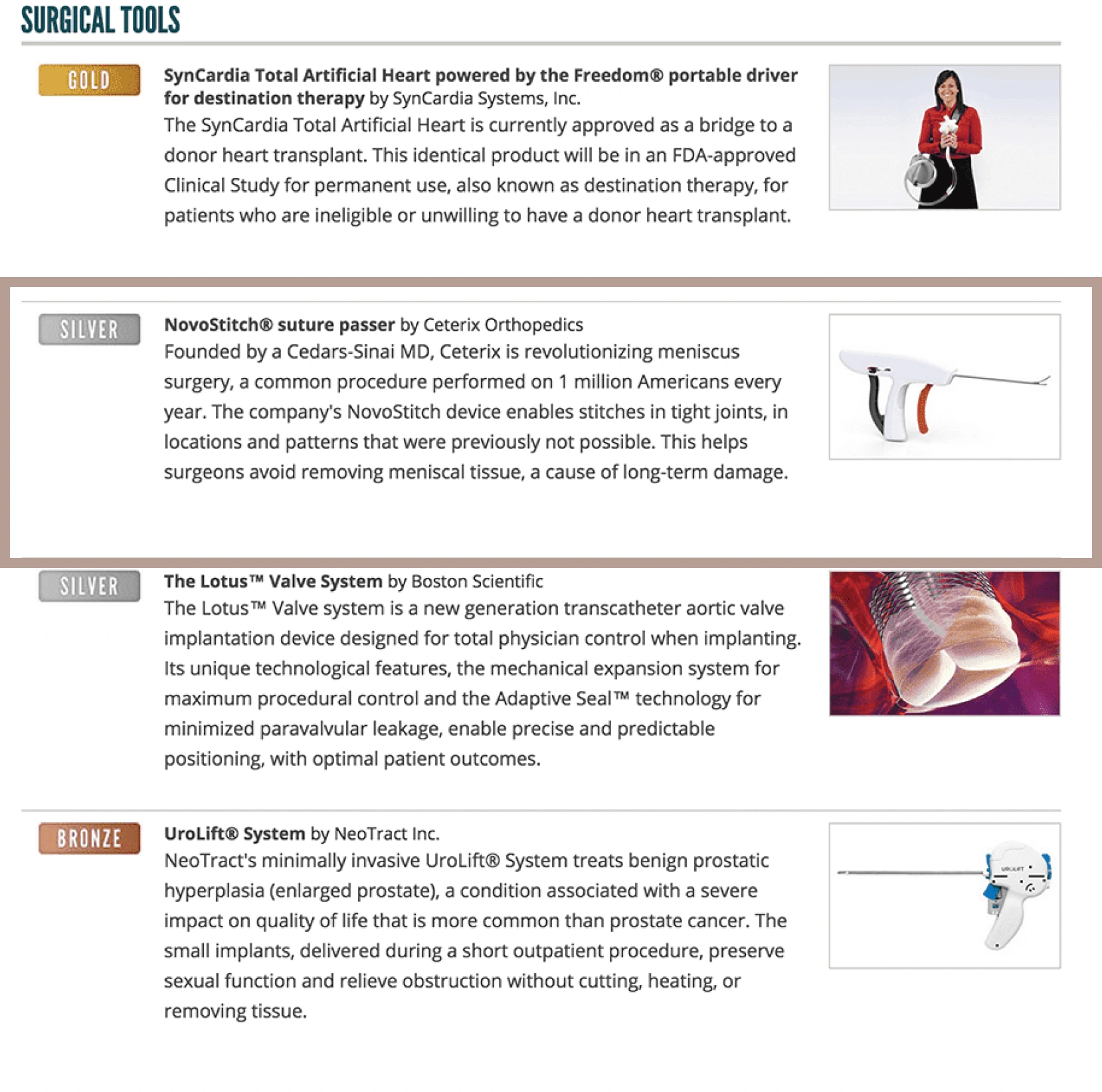Can a Meniscus Heal Without Surgery?
Understanding the Risks and Benefits of Repair
Introduction
A common question asked by individuals who have experienced a meniscus tear is, “Can the meniscus heal without surgery?” The answer to this question is not always straightforward, as it depends on various factors, including the type, location, and severity of the tear, as well as the patient’s age, activity level, and overall health. In this article, we will explore the risks of leaving a meniscus tear untreated, the benefits of circumferential stitches for meniscal repair, and the importance of repair surgery over other surgical interventions such as trimming, shaving, or cleaning the meniscus.
The Risks of Not Treating a Meniscus Tear
Leaving a meniscus tear untreated can have several potential consequences. These include:
- Persistent pain and swelling: Without proper treatment, the pain and swelling associated with a meniscus tear might not subside, leading to ongoing discomfort and difficulty with daily activities.
- Instability: A torn meniscus can cause a feeling of instability or “giving way” in the knee, which might lead to falls or injuries, especially during activities that involve twisting or pivoting movements.
- Limited range of motion: An untreated meniscus tear can result in a limited range of motion in the knee, making it difficult to fully bend or straighten the leg.
- Mechanical symptoms: Some meniscus tears can cause mechanical symptoms, such as the knee locking, catching, or popping. If left untreated, these symptoms might persist or worsen over time.
- Accelerated joint degeneration: A damaged meniscus may not provide the same level of cushioning and support within the knee joint, potentially leading to increased wear and tear on the articular cartilage. Over time, this can contribute to the development of osteoarthritis.
- Reduced ability to participate in sports or physical activities: Without proper treatment, a meniscus tear might limit your ability to participate in sports or other physical activities, potentially impacting your overall fitness and quality of life.
The Benefits of Circumferential Stitches and Repair Surgery
Circumferential stitches, also known as all-inside sutures or all-inside meniscal repair techniques, have gained popularity in recent years as a preferred method for repairing meniscal tears. This approach involves using specialized devices to place stitches around the torn meniscus without the need for large incisions.
The benefits of circumferential stitches include:
- Preservation of meniscal tissue: Repairing the meniscus using circumferential stitches allows for the preservation of the meniscal tissue, which is essential for maintaining the normal biomechanics of the knee joint. This can help reduce the risk of osteoarthritis and other long-term complications.
- Minimally invasive procedure: Circumferential stitches are typically performed using an arthroscopic approach, which involves making small incisions in the knee and inserting a camera and specialized instruments. This minimally invasive technique can result in less pain, shorter recovery times, and a lower risk of complications compared to more invasive surgical procedures.
- Improved outcomes: Research has shown that meniscal repair using circumferential stitches can lead to better clinical outcomes and higher rates of meniscal healing compared to other repair techniques or partial meniscectomies.
The Importance of Repair Surgery Over Trimming, Shaving, or Cleaning the Meniscus
When considering surgical intervention for a meniscus tear, it’s essential to understand the benefits of repair surgery over other approaches, such as trimming, shaving, or cleaning the meniscus. These alternative procedures, collectively known as partial meniscectomy, involve removing the damaged portion of the meniscus, which can have several drawbacks:
- Loss of meniscal function: Removing even a small portion of the meniscus can negatively impact the knee’s biomechanics, as the meniscus plays a critical role in distributing load, providing joint stability, and preserving articular cartilage.
- Increased risk of osteoarthritis: Partial meniscectomy can lead to an increased risk of osteoarthritis over time, as it may accelerate wear and tear on the articular cartilage due to the reduced cushioning and support provided by the meniscus.
- Reduced long-term success: While partial meniscectomy may provide short-term relief from pain and other symptoms, the long-term success rates for this procedure can be lower than those for meniscal repair, particularly when considering the potential for future complications like osteoarthritis.
In contrast, meniscal repair surgery aims to restore the damaged meniscal tissue and preserve as much of its function as possible. This approach can provide several advantages:
- Preservation of meniscal function: Repairing the meniscus helps maintain its essential role in the knee joint, promoting better long-term joint health and function.
- Lower risk of osteoarthritis: By preserving the meniscal tissue, repair surgery may reduce the risk of osteoarthritis development compared to partial meniscectomy.
- Improved long-term outcomes: Meniscal repair surgery, particularly when using techniques like circumferential stitches, has been associated with better long-term outcomes and higher rates of meniscal healing.
Conclusion
In conclusion, whether a meniscus can heal without surgery depends on various factors, such as the type, location, and severity of the tear, as well as the patient’s age, activity level, and overall health. However, leaving a meniscus tear untreated can have significant consequences, including persistent pain, instability, limited range of motion, mechanical symptoms, accelerated joint degeneration, and reduced ability to participate in physical activities.
Circumferential stitches and meniscal repair surgery offer several advantages over alternative surgical interventions like trimming, shaving, or cleaning the meniscus. These advantages include preserving meniscal function, reducing the risk of osteoarthritis, and improving long-term outcomes.
It’s essential to consult with a healthcare professional to discuss the most appropriate course of action for your specific meniscus injury. They can help you determine whether conservative treatment, repair surgery, or another approach is best for your situation. By understanding the risks and benefits of different treatment options, you can make an informed decision about your meniscus tear and work towards a successful recovery.
DON’T LET SOMEONE
REMOVE YOUR MENISCUS
Save your meniscus to prevent future surgeries and health issues by repairing it with the FDA approved NovoStitch Pro Meniscal Repair System invented by Dr. Saliman.
 +1(310)7035819
+1(310)7035819




